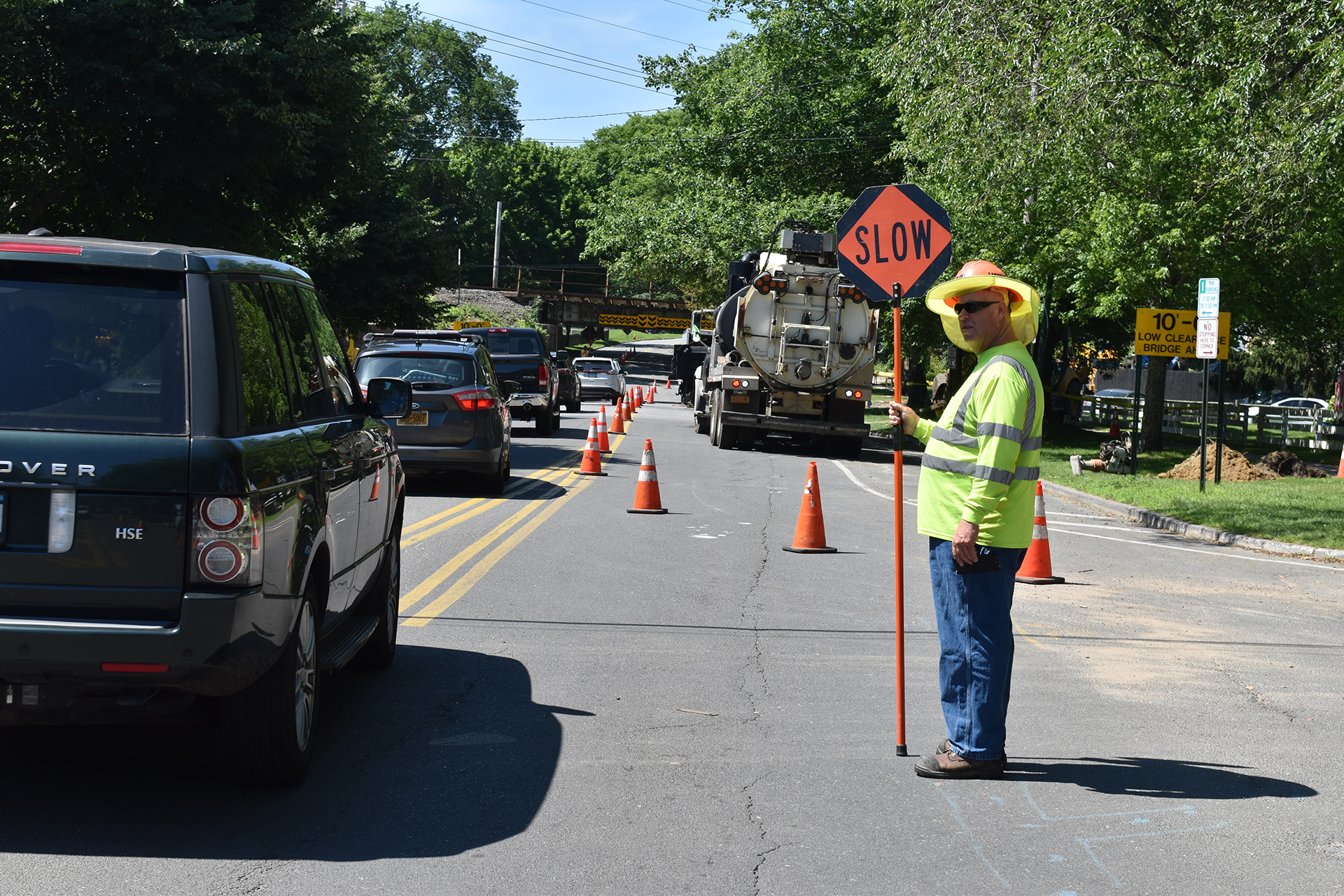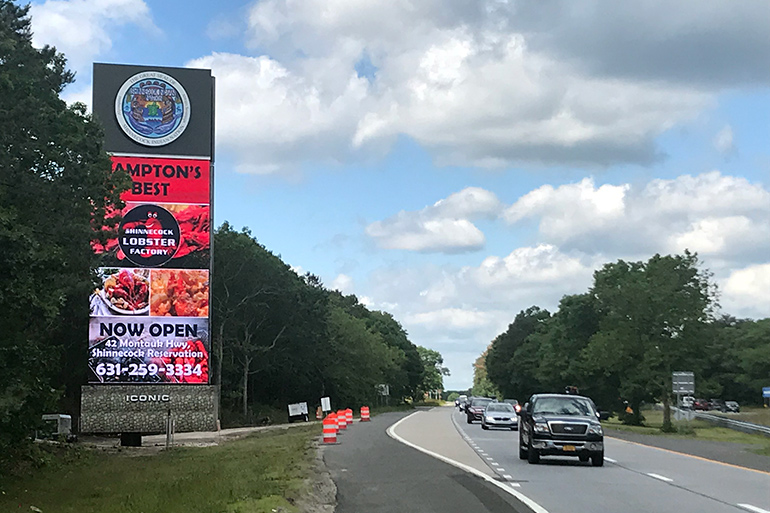Bridge Work Coming

Representatives of the Long Island Rail Road made a return appearance before the East Hampton Village Board on Friday, June 21, to inform the public that heavy construction required to replace the two aging trestles on North Main Street and Accabonac Road would begin next month.
Daniel Knote, the project manager, said crews would begin shoring up the bases with retaining walls in preparation for the installation in September of a total of eight six-foot-wide steel and concrete caissons that will be sunk 75 feet into the ground to provide support for the two spans.
John Kettell, an engineer for structural projects for the railroad, said the new bridges will arrive on site by mid-October, and the project will be
completed by November 10.
The bridges, with a clearance of only 10 feet, have been struck by trucks repeatedly over the years, with each accident requiring a safety inspection that sometimes results in diverted traffic or cancelled train service.
The railroad representatives warned that during the construction work, there would be intermittent road closures during the project, with the lengthiest ones occurring when the bridges are being moved into position.
Train service will also be suspended for an estimated 26 days when the old bridges are removed and the new ones are put in place.
Vanessa Lockel, a community liaison for the railroad, said when trains are suspended, buses would be provided for those using the commuter connection rail service. She added the LIRR would work with the community to provide as much advance notice as possible for any road closures.
Knote added that the last phase of the project would involve 24-hour work schedules as workers raise the level of the track by three feet over an 1100-foot run.
“There will be work overnight,” he said. “We do understand that people have to sleep. We are going to concentrate as much of the noisy work at day, but there will be some inconvenience at night.”
Kettell said the bridges are long overdue for replacement. “Both of these bridges are turn-of-the-century bridges,” he said. “When bridge engineers designed these bridges, I don’t think they anticipated the semi trucks we have today.”
sjkotz@indyeastend.com



